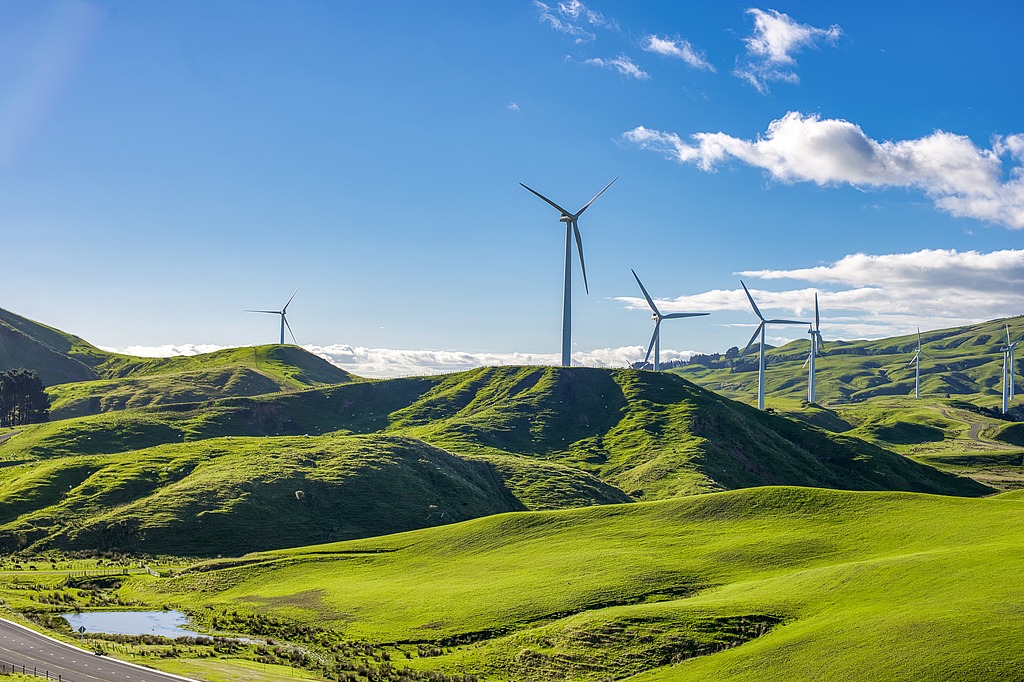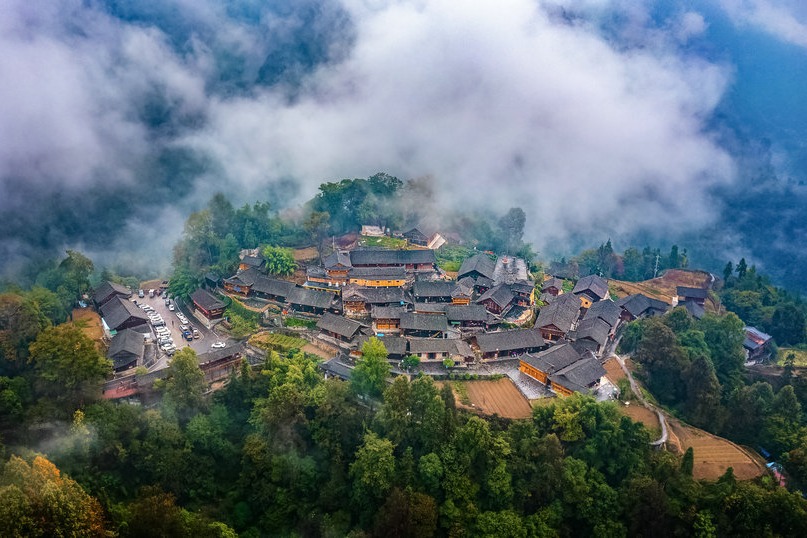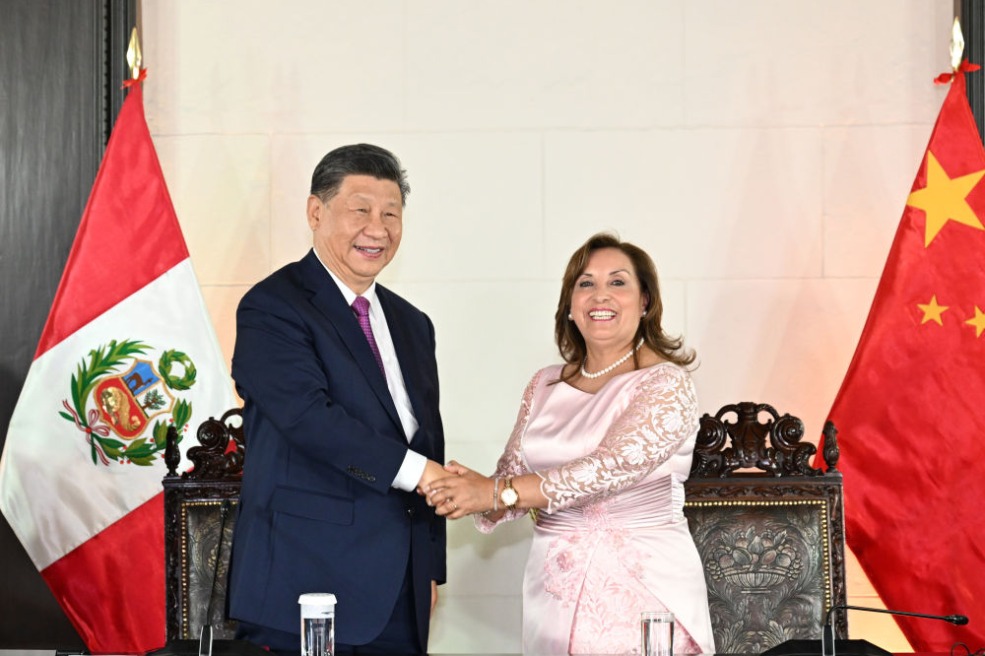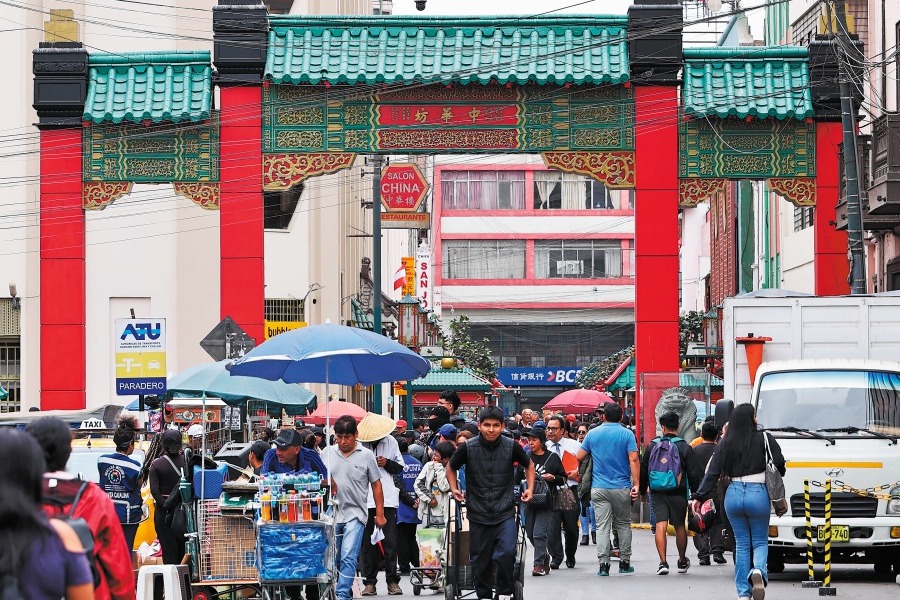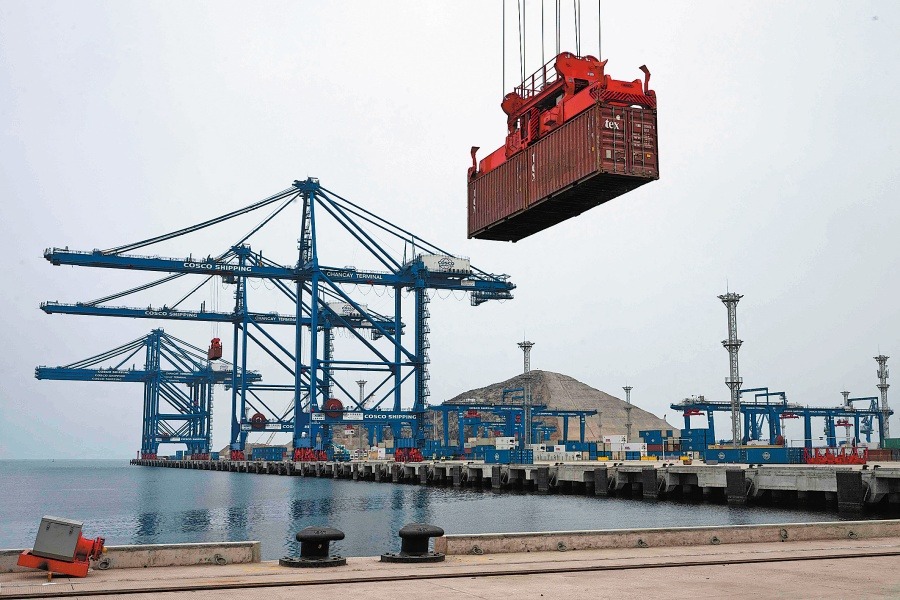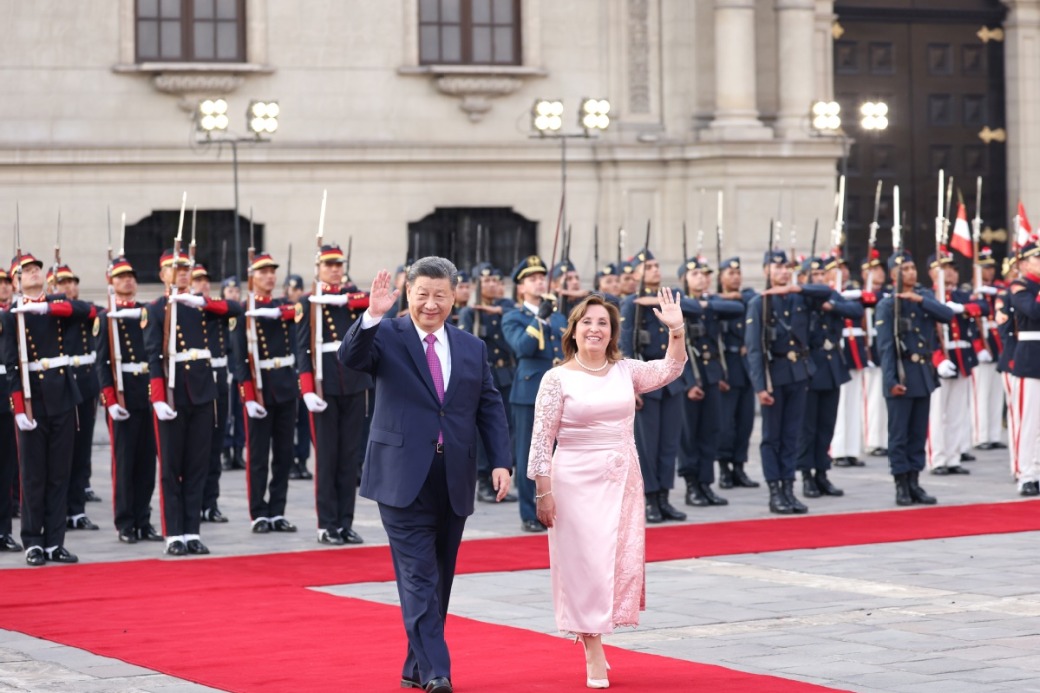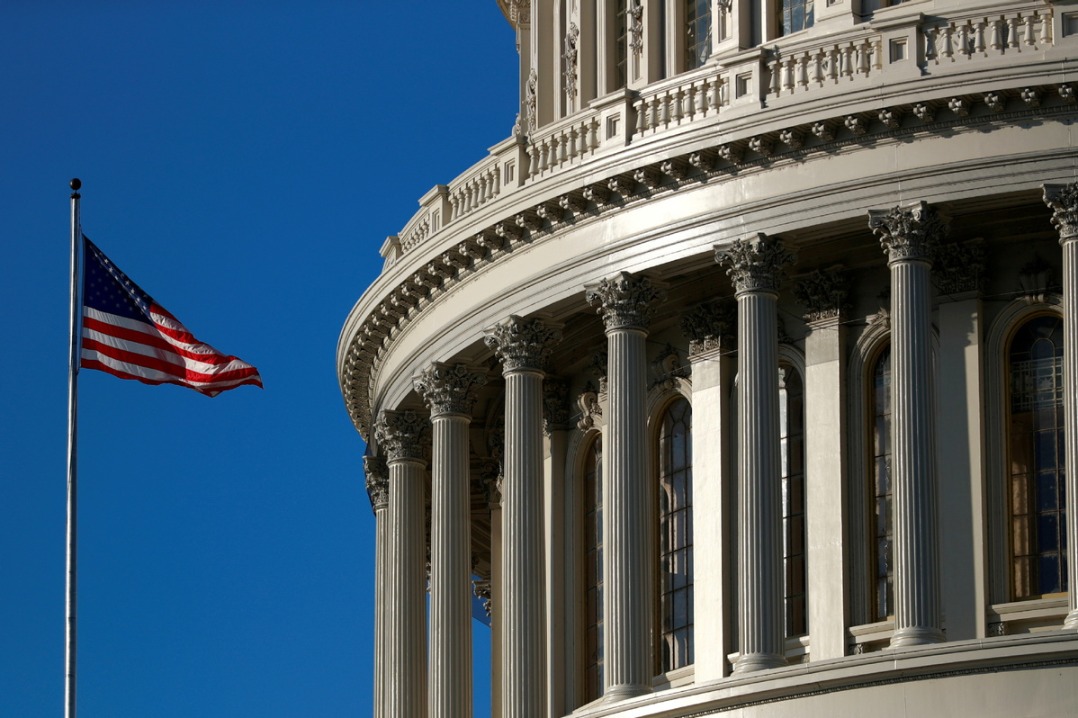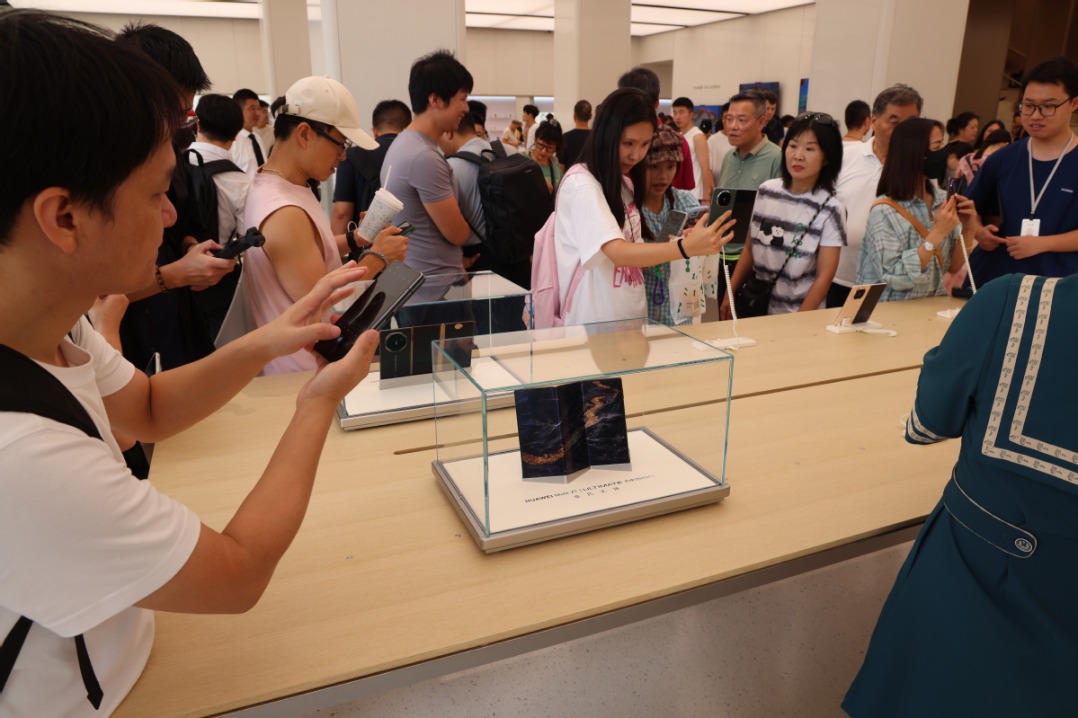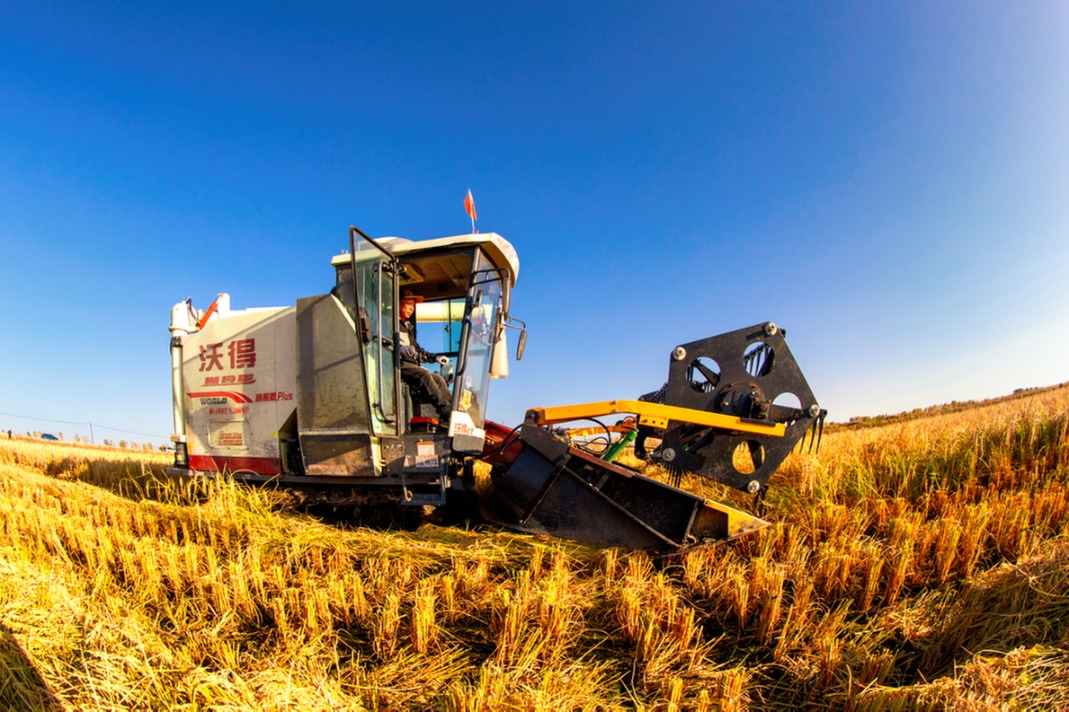Greater Bay Area's bridge to the future


The Guangdong-Hong Kong-Macao Greater Bay Area is the national strategy devised and deployed by President Xi Jinping. It is a new measure to promote all-around opening-up in the new era, a new practice for promoting the cause of "one country, two systems" and maintaining the long-term prosperity and stability of Hong Kong and Macao, and a new exploration of the interactive development of Hong Kong, Macao and the mainland.
The Hong Kong-Zhuhai-Macao Bridge is the cross border transportation infrastructure under the framework of "one country, two systems". As a 55-kilometer-long cross-sea bridge, it links the three different custom areas of Hong Kong, Macao and Zhuhai, and connects the east and west sides of the Pearl River estuary. It is a trans-century project that is of great significance to China's reform and opening-up as well as the coordinated development of Guangdong province, Hong Kong and Macao special administrative regions.
The Hong Kong-Zhuhai-Macao Bridge makes up for the shortage of internal channels in the Guangdong-Hong Kong-Macao Greater Bay Area. Without its construction, transportation connection of the east and west coasts of the Guangdong-Hong Kong-Macao Greater Bay Area would have been dependent on Humen Bridge, which was built in 1997.
The Hong Kong-Zhuhai-Macao Bridge makes the Guangdong-Hong Kong-Macao Greater Bay Area a closed cycle like the San Francisco Bay Area, which has five closely connected cross-sea bridges. But after the Shenzhen-Zhongshan Bridge and the second Humen Bridge are opened soon, factor flows in the Greater Bay Area will be even more convenient.
Statistics show that passenger throughput in the airports in Shenzhen and Hong Kong reached about 120 million in 2018, while the passenger throughput in Macao and Zhuhai airports was only 12 million.
The east side of the Greater Bay Area has developed electronic information technology and the world's most complete smartphone industrial chain. In 2018 China's overall mobile phone shipment was 1.9 billion, and 1.1 billion were produced in the east coast. But the cities in the west side of the Greater Bay Area haven't cultivated similar competitive industries.
The main reason for the unbalanced development of the east and west sides is different regional advantages and ground transportation situations.
Macao's industry is not very diversified that cannot strongly drive the west side cities, but Hong Kong can hardly drive the west side either because of the inconvenient land transportation.
Nowadays the loophole of land transportation between the east and west sides of the Greater Bay Area has been closed thanks to the Hong Kong-Zhuhai-Macao Bridge. The three-hour journey from Zhuhai and Macao to Hong Kong has been reduced to half an hour, and the efficiency of passing through customs will be gradually improved.
The Hong Kong-Zhuhai-Macao Bridge lays a necessary foundation for the "one hour living circle" of the Greater Bay Area, which will also accelerate the market integration process of Guangdong-Hong Kong-Macao Greater Bay Area. Meanwhile, the bridge is also conducive to the industrial complementariness of east and west sides.
The tourism and retail industries of Hong Kong, Macao and Zhuhai will be the first to benefit from the Hong Kong-Zhuhai-Macao Bridge. One hundred days after the bridge is opened, there are more than 4.1 million inbound and outbound tourists and about 110,000 vehicles passing through the Zhuhai road port of Hong Kong-Zhuhai-Macao Bridge. It is expected the bridge will bring about 20 billion HK dollars ($2.55 billion) economic benefit to Hong Kong, which will increase Hong Kong's GDP by 1.3 to 1.6 percent. The bridge will also promote development of Macao's hotel, entertainment, tourism as well as conference and exhibition industries. Other cities on the west side of the Pearl River will also benefit from it. It is expected the bridge will increase the GDP of the west side cities by 60 billion yuan ($8.93 billion) to 100 billion yuan.
The release of the outline development plan for the Guangdong-Hong Kong-Macao Greater Bay Area on Feb 18 indicates the boosting of innovation, reform and cooperation in the Greater Bay Area. We should fully play the advantage of the "one country, two systems" policy to incorporate Hong Kong and Macao into the country's general development. Guangdong, Hong Kong and Macao should jointly take the responsibility of creating a new situation for the country's opening-up to the outside world.
The Hong Kong-Zhuhai-Macao Bridge connects the three custom areas, and customs clearance facilitation will be an institutional innovation. Meanwhile, the bridge will promote the mutual understanding and communication of the three regions.
The author is director of the Institute of Studies for the Guangdong-Hong Kong-Macao Greater Bay Area, Guangdong University of Foreign Studies. The views don't necessarily represent those of China Daily.
















